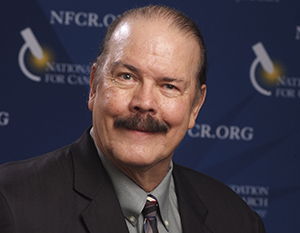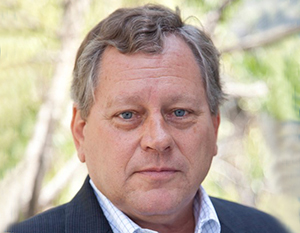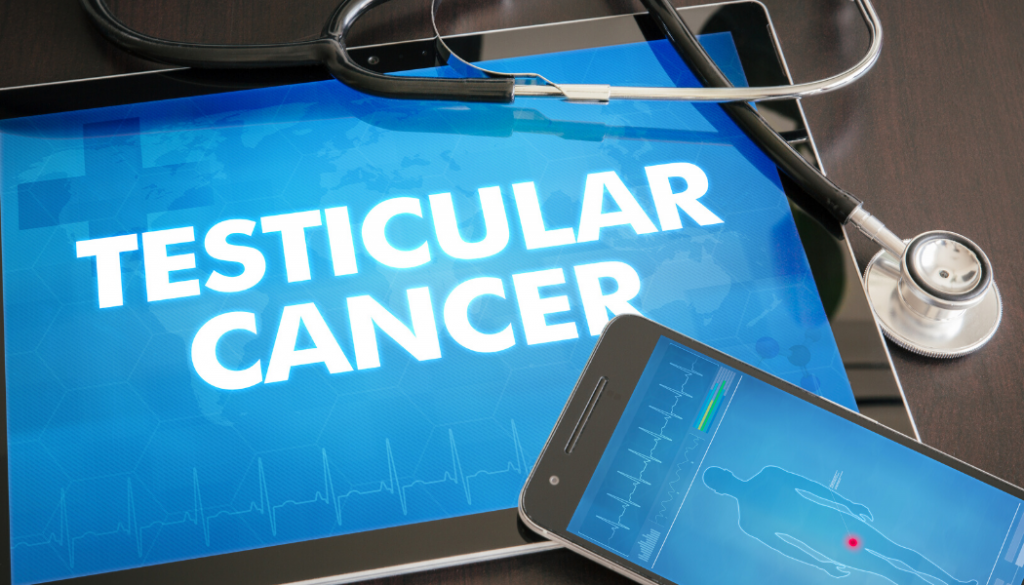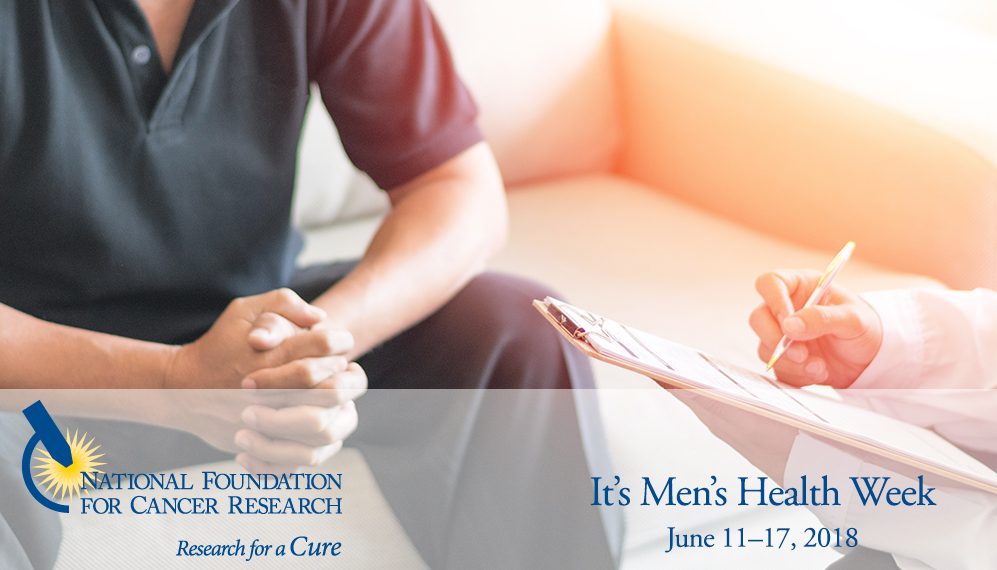Testicular Cancer
Testicular cancer is one of the rarest types of cancer, accounting for about 1% of cancer cases for men. Although this type of cancer can occur in men at any age, it is the most common in men ages 15-35, with the average age of 33 years. In fact, it is the most common type of cancer for men in this age range.
Key Facts
- An estimated 9,190 new cases of testicular cancer will be diagnosed in the U.S. in 2023, and about 470 deaths are expected.
- The lifetime risk of a male developing testicular cancer is about 1 in 250.
- Thanks to early detection and advanced treatments, a man’s lifetime risk of dying from testicular cancer is low: approximately 1 in 5,000 men will die from testicular cancer.
- Many men who develop testicular cancer have no risk factors at all. However, certain conditions such as undescended testicle(s), HIV infection, abnormal testicular development and a family history of the cancer may increase the odds of developing testicular cancer.
Source: American Cancer Society’s Cancer Facts & Figures 2023 and the Society’s website
Signs and Symptoms
A symptom is a change in the body that a person can see and/or feel. A sign is a change that the doctor sees during an examination or on a laboratory test result. If you have any of the symptoms below, it does not mean you have cancer but you should see your doctor or health care professional so that the cause can be found and treated, if needed.
- Lump or swelling in the testicle
- Breast growth or soreness
- Early puberty in boys
Advanced cancer
- Low back pain, from cancer spread to the lymph nodes (bean-sized collections of immune cells) in back of the belly.
- Shortness of breath, chest pain, or a cough (even coughing up blood) may develop from cancer spread in the lungs.
- Belly pain, either from enlarged lymph nodes or because the cancer has spread to the liver.
- Headaches or confusion, from cancer spread in the brain.
Source: American Cancer website 2023
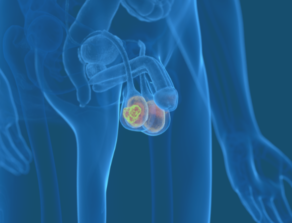
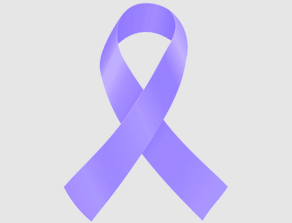
Testicular Cancer Awareness Month is recognized in April. To help accelerate cures please make a gift today.



